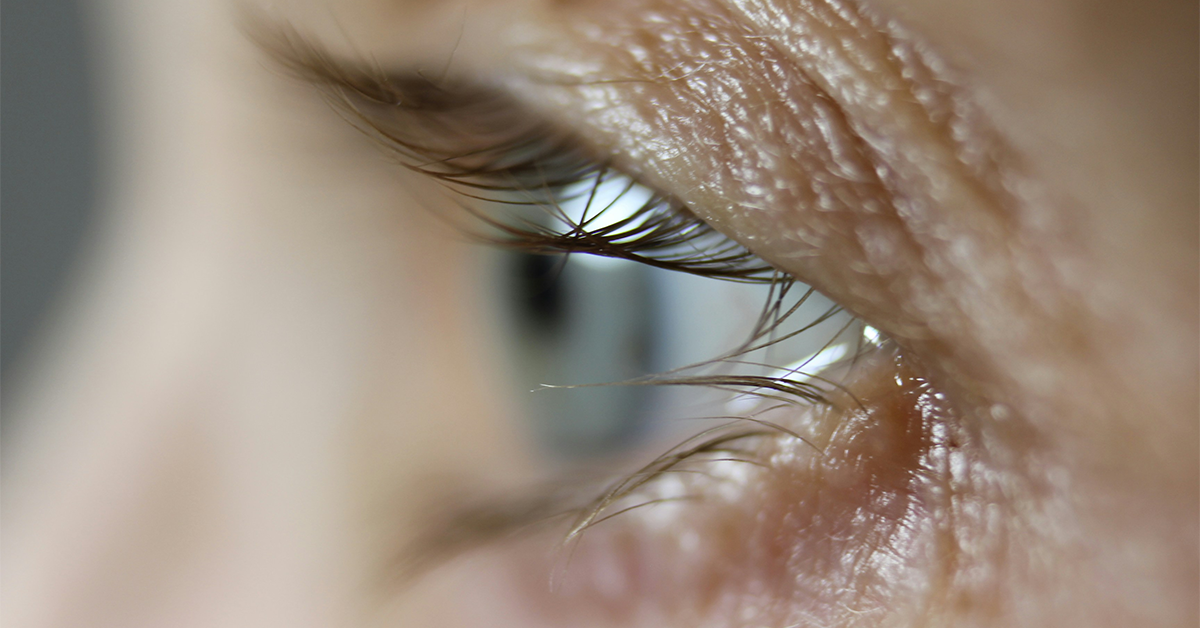Maintaining the right indoor humidity level is crucial for comfort, health, and preserving your home environment. Two common appliances that help regulate humidity are Humidifier vs Dehumidifier. While their names sound similar, they serve opposite functions and are designed for different purposes. Understanding the key differences between Humidifier vs Dehumidifier, as well as when and how to use them, can greatly improve your indoor air quality and overall well-being.
In this comprehensive guide, we will explore the fundamental distinctions, benefits, and ideal applications of Humidifier vs Dehumidifier. By the end, you’ll know exactly which device is right for your needs and how to maximize its effectiveness.
TRENDING
Temple Filler: Rejuvenate Hollow Temples Naturally
What Is A Humidifier?
A humidifier is an appliance that adds moisture to the air, increasing indoor humidity levels. It releases water vapor or mist into the environment to combat dryness, especially during colder months when heating systems can dry out indoor air.
How Do Humidifiers Work?
Humidifiers come in different types, including ultrasonic, evaporative, and steam vaporizers. Ultrasonic humidifiers use vibrations to produce a fine mist, evaporative models rely on a wick filter and fan to release moisture, and steam vaporizers boil water to create steam. Regardless of the type, all humidifiers increase the moisture content in the air.
Benefits of Using a Humidifier
Relieves dry skin and irritation: Moist air prevents dryness in the skin, throat, and nasal passages.
Eases respiratory symptoms: Helps soothe symptoms of colds, allergies, and asthma.
Protects furniture and wood: Prevents wood from cracking or warping due to dry air.
Improves sleep quality: Moist air can reduce snoring and congestion, promoting better rest.
What Is A Dehumidifier?
A dehumidifier is a device designed to remove excess moisture from the air, lowering indoor humidity levels. It is especially useful in damp or humid climates, basements, and spaces prone to mold and mildew.
How Do Dehumidifiers Work?
Dehumidifiers draw warm, moist air into the unit, where the air passes over refrigerated coils that condense moisture into water. The dry air is then reheated and released back into the room, while the collected water is stored in a tank or drained away.
Benefits of Using a Dehumidifier
Prevents mold and mildew growth: Lower humidity inhibits mold spores and mildew, protecting your health and property.
Reduces allergens: Dust mites and other allergens thrive in humid environments; reducing moisture can help reduce their presence.
Protects belongings: High humidity can damage clothes, books, electronics, and wooden furniture.
Improves comfort: Dry air can feel more comfortable, especially in hot, sticky conditions.
Key Differences Between Humidifier vs Dehumidifier
| Aspect | Humidifier | Dehumidifier |
|---|---|---|
| Purpose | Adds moisture to the air | Removes moisture from the air |
| Use Case | Dry environments, winter months | Humid environments, damp areas |
| Impact on Humidity | Increases indoor humidity | Decreases indoor humidity |
| Common Problems Solved | Dry skin, irritated sinuses, dry furniture | Mold, mildew, musty smells, excess moisture |
| Ideal Humidity Range | Around 30% to 50% relative humidity | Below 50% relative humidity |
When To Use A Humidifier
Winter Season: Heating systems dry out indoor air, leading to static electricity, cracked skin, and respiratory discomfort.
Cold and Flu Season: Adding moisture can help ease coughing, sore throat, and nasal congestion.
In Dry Climates: Areas with low ambient humidity benefit from humidifiers to maintain comfort.
For Baby’s Room: Babies are sensitive to dry air, and humidifiers help keep their skin and respiratory system healthy.
When To Use A Dehumidifier
Humid Climates: High outdoor humidity can seep indoors, causing dampness and discomfort.
Basements and Crawl Spaces: These areas are prone to moisture accumulation and mold growth.
After Water Damage: Dehumidifiers help dry out flooded or water-damaged rooms.
Allergy and Asthma Relief: Lower humidity levels reduce dust mites and mold spores.
Choosing The Right Device For Your Home
Assess Your Indoor Humidity
The first step is to measure your home’s relative humidity using a hygrometer. Ideal indoor humidity typically ranges from 30% to 50%. If your levels fall below 30%, a humidifier can add necessary moisture. If levels are consistently above 50%, a dehumidifier can help reduce excess moisture.
Consider Room Size and Capacity
Both Humidifier vs Dehumidifier come in various sizes suited for small bedrooms or large living spaces. Choose a unit rated for your room size to ensure efficient humidity control.
Maintenance and Operation
Humidifiers: Require regular cleaning to prevent bacteria and mold buildup, and periodic filter replacement.
Dehumidifiers: Need emptying of the water collection tank or a continuous drain setup and occasional filter cleaning.
Tips For Using Humidifiers Safely And Effectively
Monitor Humidity Levels: Avoid over-humidifying, which can promote mold and dust mites.
Use Distilled Water: Prevents mineral buildup and reduces white dust.
Clean Regularly: Prevent bacterial growth in the water tank.
Place Properly: Keep humidifiers away from electronics and wood furniture.
Tips For Using Dehumidifiers Safely And Effectively
Empty Water Tank Frequently: Prevent overflow and bacterial growth.
Keep Airflow Clear: Ensure vents are unobstructed.
Clean Filters: Maintain airflow and efficiency.
Use in Damp Areas: Focus on places prone to moisture, like basements.
Common Mistakes To Avoid
Using a humidifier in an already humid environment can cause mold growth.
Using a dehumidifier in dry areas can overly dry the air, causing discomfort.
Ignoring regular maintenance can lead to poor air quality.
Choosing the wrong size device for your room leads to inefficient humidity control.
Final Thoughts
Humidifier vs Dehumidifier are essential tools for maintaining a healthy and comfortable home environment, but they serve opposite functions. Knowing when to add moisture with a humidifier or remove excess moisture with a dehumidifier helps you tackle problems related to indoor air quality, health, and home maintenance effectively.
By monitoring your indoor humidity and understanding the unique benefits and best uses of each device, you can create a balanced living space that supports your well-being year-round.
ALSO READ: Body Cream vs Lotion: Key Differences For Ultimate Skin Hydration
FAQs
What is the difference between a Humidifier vs Dehumidifier?
A humidifier adds moisture to the air to increase humidity levels, helping in dry environments. A dehumidifier removes excess moisture from the air to lower humidity levels, preventing mold and dampness in humid environments.
Can I use a humidifier and dehumidifier at the same time?
Using both simultaneously in the same room is generally not effective since they have opposite functions. However, they can be used in different rooms or at different times depending on seasonal or environmental changes.
How often should I clean my humidifier or dehumidifier?
Humidifiers should be cleaned at least once a week to prevent mold and bacteria. Dehumidifiers require filter cleaning every few weeks and regular emptying of water tanks to maintain efficiency and hygiene.
What humidity level is ideal for indoor spaces?
The ideal indoor humidity level ranges between 30% and 50%. Levels below 30% can cause dryness and irritation, while levels above 50% can promote mold and allergens.
Which device is better for allergy relief, a humidifier or a dehumidifier?
A dehumidifier is generally better for allergy relief because it reduces moisture that promotes mold and dust mites, which are common allergens. Humidifiers can help if dry air aggravates respiratory symptoms but should be used carefully.











